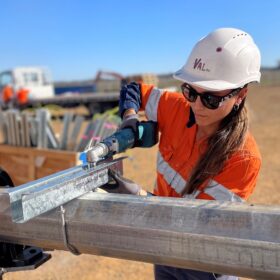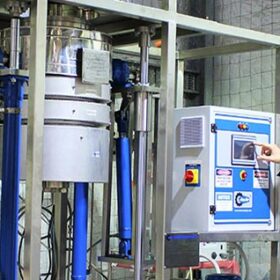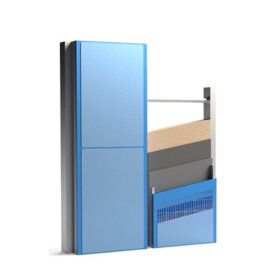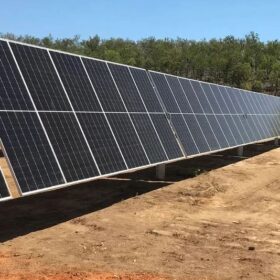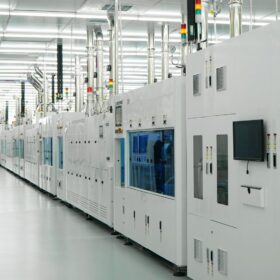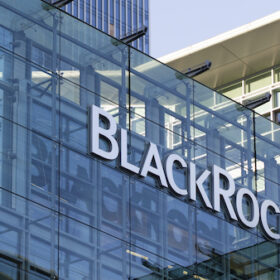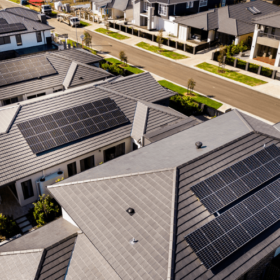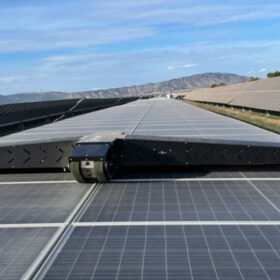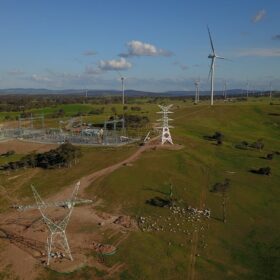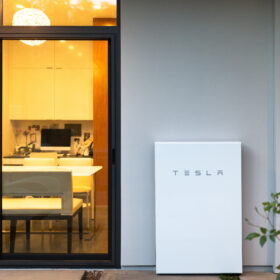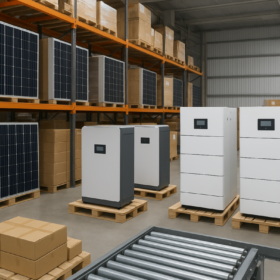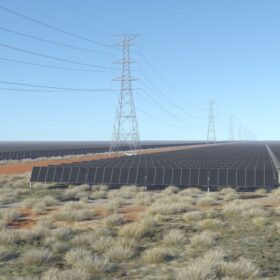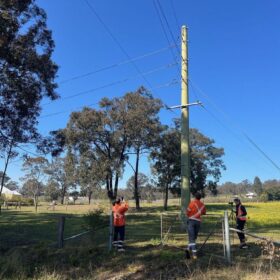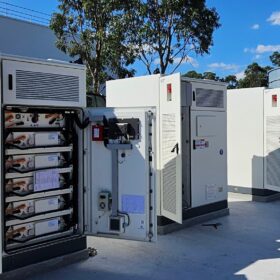Australian EPC calls for female workforce boost to address skills shortage
As the nation looks to foster the perfect conditions for a successful renewable transition, overwhelming attention is being paid to the number of new energy developments and the viability of transmission infrastructure to deliver it to Australian homes. Far less publicised are the practicalities of how the infrastructure will be developed and by whom.
Battery tech company teams with miner on lithium project
Mining heavyweight Mineral Resources has signed a deal to progress Lithium Australia’s lithium extraction technology by funding the development and operation of a pilot plant that would produce lithium iron phosphate to be used in electric vehicle batteries.
Posco says rust-resistant steel has promise as BIPV solution
South Korean companies Posco and East-West Power are developing a new building-integrated solar photovoltaic solution. The new product uses special galvanized steel as the panel’s backside that Posco says lasts five to 10 times longer than standard steel.
The Hydrogen Stream: Scientists see iridium as obstacle to hydrogen aviation
A German research team says that demand for iridium, lanthanum and nickel could weigh on the growth of the global hydrogen-powered aviation market.
Jacana calls for supply of large-scale solar in the Territory
The Northern Territory’s largest energy retailer is seeking expressions of interest from local, national and international proponents for the supply of up to 100 MW of large-scale solar for the Darwin-Katherine electricity grid.
Vena launches Indonesia production plan to support solar, storage ‘megaproject’
Singapore-based developer Vena Energy has announced it will investigate opportunities to manufacture solar panel components and battery energy storage systems in Indonesia to support a hybrid megaproject featuring up to 2 GW of solar capacity and more than 8 GWh of energy storage.
BlackRock links with NZ on $2 billion clean energy strategy
American investment giant BlackRock has teamed with the New Zealand government to launch a NZ$2 billion (AUD 1.86 billion) climate infrastructure fund to accelerate the growth of green energy technologies like solar, wind, green hydrogen and battery storage to fuel a low-emissions economy.
Rooftop solar system average size climbs above 9 kW
The average size of rooftop solar systems installed in Australia has climbed to a new high with data analysis from the Australian Energy Council showing the typical unit size is now averaging more than 9 kW.
Enel develops robot for waterless cleaning of PV plants
Enel says it will work with Italian startup Reiwa to develop a robot for waterless cleaning of PV plants. The innovative device features brushes and can autonomously navigate across panel rows, eliminating the need for human intervention.
EnergyCo ‘right sizes’ plans for Central-West Orana REZ
The size of Australia’s first coordinated renewable energy zone is set to be increased with the New South Wales government announcing the network capacity of the declared Central-West Orana Renewable Energy Zone will be expanded to better meet the state’s future energy needs as coal-fired power stations progressively retire.
